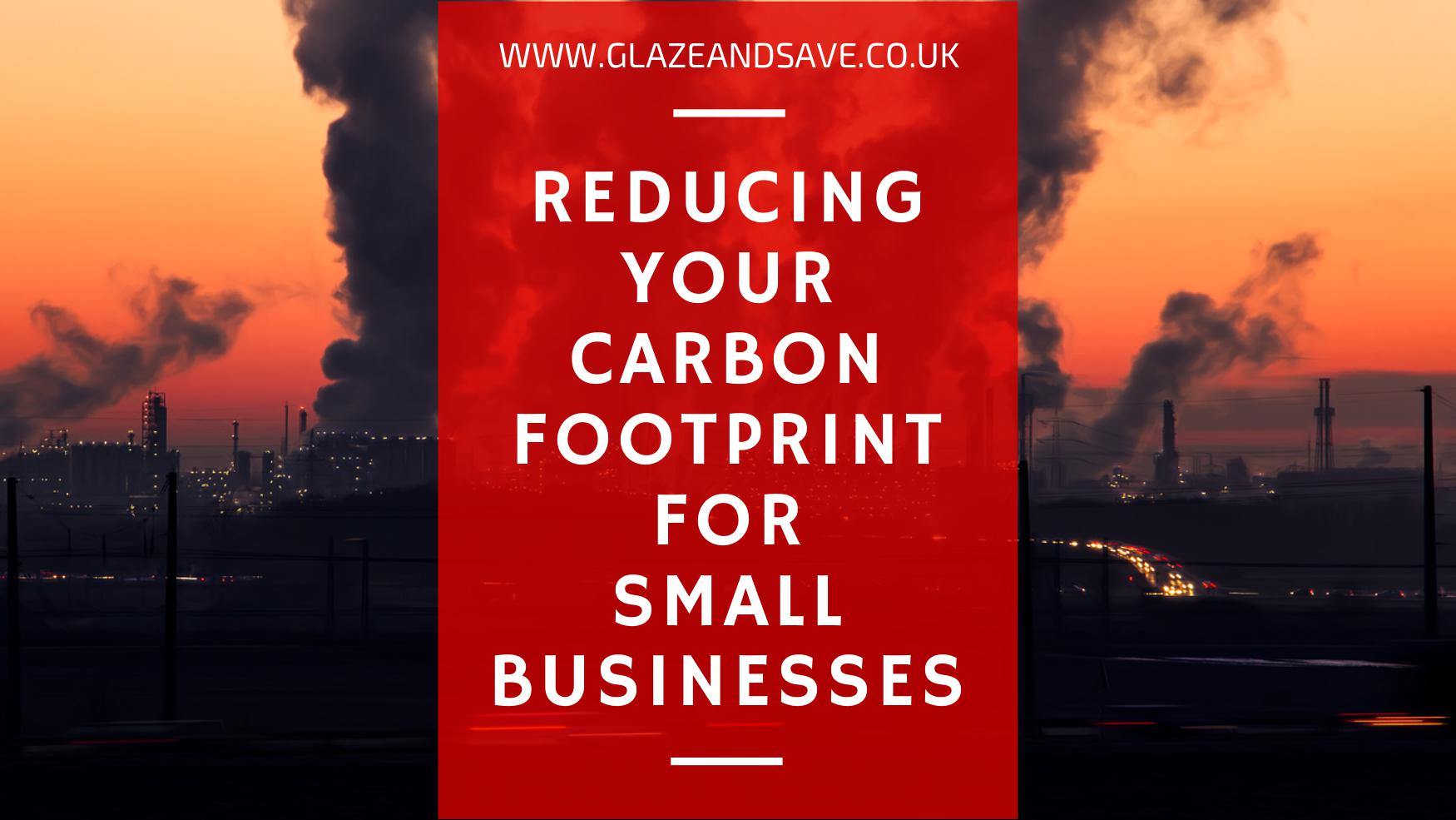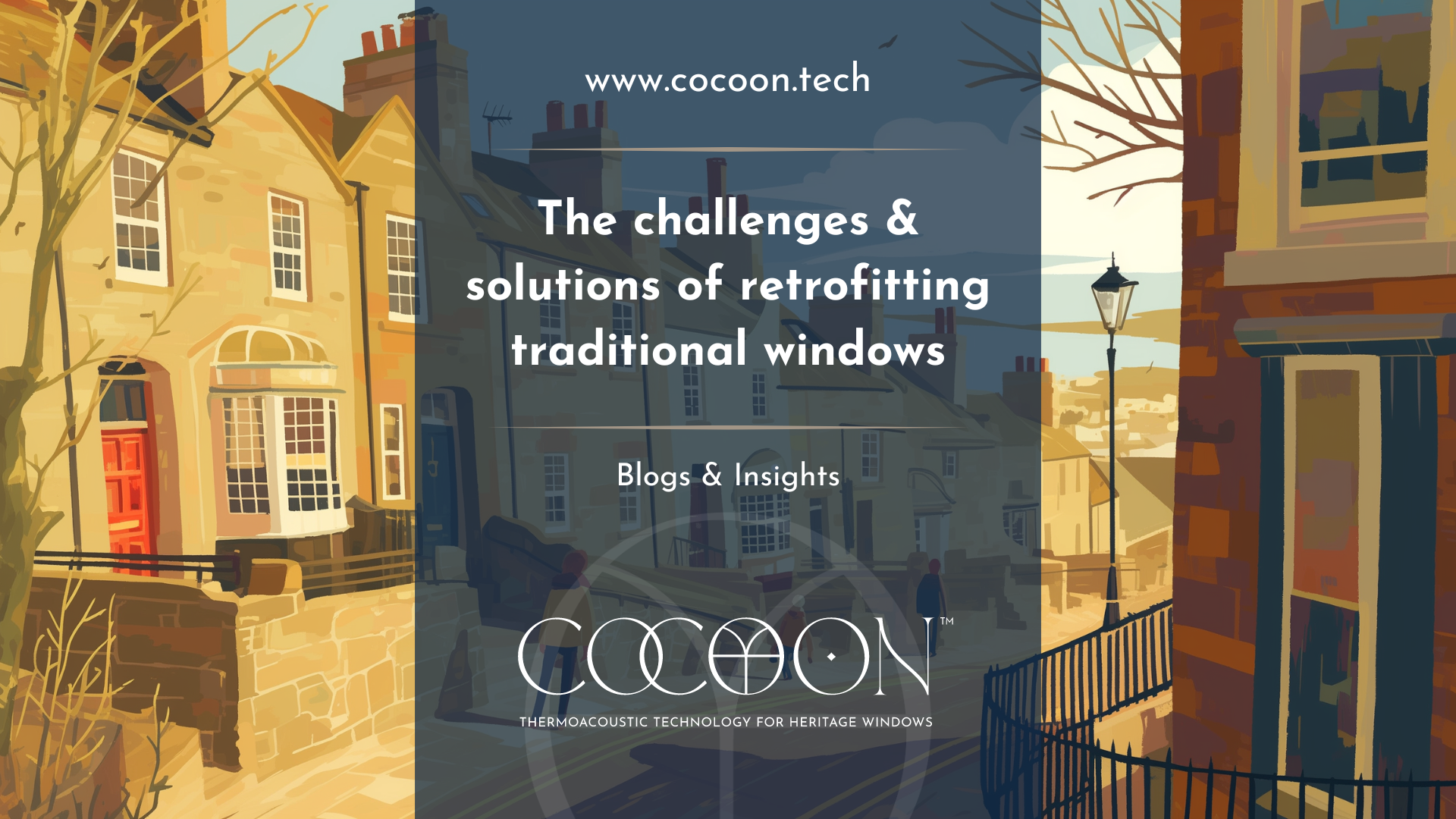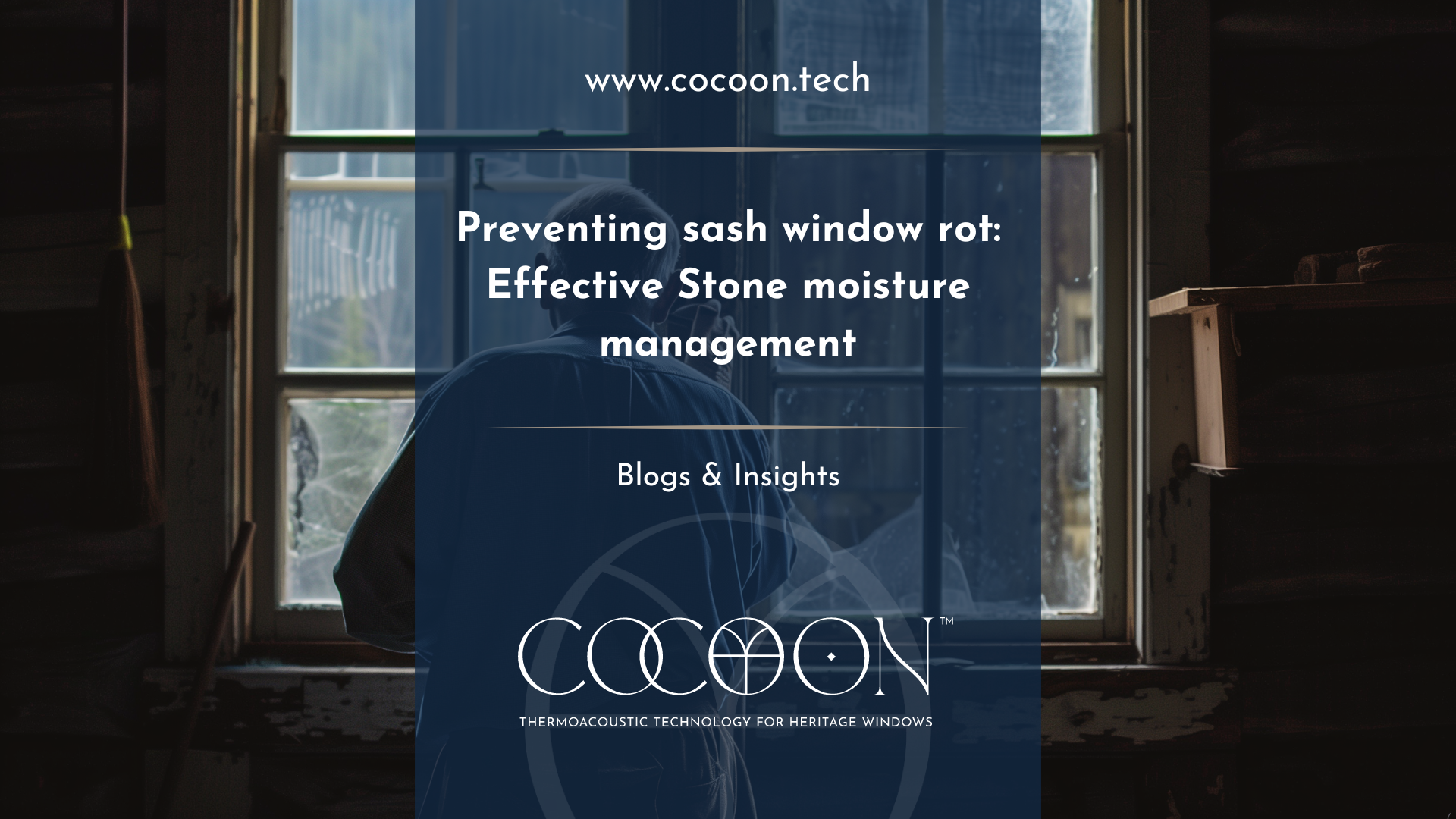Top Ten Sustainability Ideas for Small Businesses | Glaze & Save
As climate
change and our over-consumption of resources becomes bigger news and a more
prevalent concern with every passing year, many businesses are asking
themselves how they can become carbon neutral, or at least reduce their carbon
footprint, in order to become more environmentally responsible while creating a
more sustainable and profitable business.
Indeed, the big players have been working on becoming carbon neutral for years now , with Microsoft announcing in 2012 its intentions to become carbon neutral at its data centres, software development labs and office buildings, and Google being carbon neutral since 2007; an astonishing ten years.
But what if you don’t have the resources of Microsoft or Google? In fact what is you are a small business…is it possible to become carbon neutral, or at least reduce your impact on the environment to a more sustainable level? Luckily, there are many things that you can do to reduce your carbon footprint. The added advantage, particularly for smaller businesses, is that they can save you money.
Now really is the time to start kicking your carbon reduction strategies into gear. According to The Carbon Trust, SMEs could collectively save nearly £400 million per year in energy costs , and over 2.5 million tonnes of C02, by reducing their carbon footprints, but a YouGov and Scottish Power survey of 1,000 small businesses showed that more than 60% of those surveyed did not regard energy efficiency in the workplace as a key priority.
What does carbon neutral mean?
Carbon neutrality , or having a net zero carbon footprint, refers to achieving net zero carbon emissions by balancing a measured amount of carbon released with an equivalent amount sequestered or offset, or buying enough carbon credits to make up the difference. It is used in the context of carbon dioxide releasing processes associated with transportation, energy production, and industrial processes such as production of carbon neutral fuel.
Why reduce your carbon footprint?
The need to reduce our carbon footprints and become a more sustainable and environmentally friendly society is not a new concept and we are no doubt all aware of the eco-conscious reasons for turning our business focus to carbon neutrality. But in these economically difficult times, we also need to consider wider reasons for adopting a carbon neutral stance.
Co2Balance.com gives a list of six reasons why companies need to reduce their carbon footprint: for legislation and policy reasons; to reduce operational costs; to provide ever-more climate savvy customers with environmental data; to create a point of distinction against competition; to enhance the green image and brand of a company, and to increase investor potential. When taking all of these factors into consideration, aiming for carbon neutrality provides much greater potential benefits to businesses beyond the obvious environmental imperative.
So now that we have the preamble out of the way, let’s look at ways in which you can reduce your carbon footprint in your small business.
Behavioural Changes
Changing the behavior of yourself and your employees is the cheapest and easiest way to start implementing carbon conscious practices into your business. For example, lighting a typical office overnight can waste enough energy to make 1,000 cups of tea. You can check out our blog on 6 Simple Behaviour Changes to Save Energy and Money for more great ideas that you apply to your business.
Recycling
Introducing a robust recycling policy into your business is a sure fire way to reduce waste sent to landfill and reduce your carbon footprint. Getting your employees involved in activities such as Recycle Week can really help them make the connection. You can find out more about how much we love Recycle Week here.
Go Paper Free
Making a commitment to going paper free can make a huge difference to your carbon foot print. By reducing dependence on paper products and converting to a web-based communications such as email or cloud sharing, you can reduce your reliance on resources. We wrote a blog on creating a zero waste office that has loads of information on going paper free.
Reduce Commuting Emissions
The majority of people drive to work in their own cars, causing frustrating traffic jams, but also creating a vast amount of carbon emissions. Encouraging staff to car share or use public transport is a fundamental aspect of any strategy to reduce carbon emissions. Where practical, walking and cycling should also be encouraged. Staff can be encouraged to bike to work by implementing the Cycle to Work Scheme in your workplace.
Ethical Supply Chains
Although potentially costly to set up, an ethical supply chain can save you a huge amount of carbon emissions while becoming less expensive in the long run. Glaze & Save has made it a priority to operate an ethical supply chain since the inception of the company. Check out Acre’s blog on the benefits of an ethical supply chain.
Draught proofing
Draught proofing your workplace can save around 15% on energy costs, while increasing productivity and employee satisfaction. It’s also one of the quickest energy efficiency improvements you can add to your premises, and is a requirement of the Scottish Government under the Climate Change (Scotland) Act. You can read more about the benefits of draught proofing your office in our blog, where we list five benefits of draught proofing your workplace.
Energy Efficiency
Ensuring that you and your employees are energy conscious can dramatically reduce your carbon footprint, as well as saving your business money. Check out our 8 Tips to Make Your Employees More Energy Aware as well as our 12 Quick Tips to Save Your Business Energy and start reducing your energy consumption today.
Ethical Energy
Choosing an ethical energy supplier will ensure that the energy you do use comes from sustainable sources. You can find out more about choosing an ethical energy supplier in our blog.
Offsetting
Sometimes producing carbon emissions in the course of your business is unavoidable. However, you can reduce the environmental impact by offsetting your carbon emissions. This is most frequently done through tree planting projects and forest creation or by purchasing carbon dioxide credits and not using them. For a more thorough guide to carbon offsetting check out the guide at Duport.
Glaze & Save’s bespoke magnetic secondary glazing and innovative liquid draught proofing products are easily applicable yet powerful ways to increase the energy efficiency of your commercial premises, helping reduce energy bills, increase employee productivity and tackle your carbon output. Contact us here for your free no obligation survey or call on 01738 562 068.




















